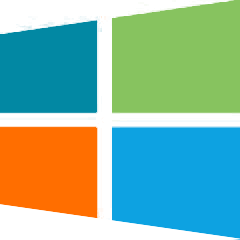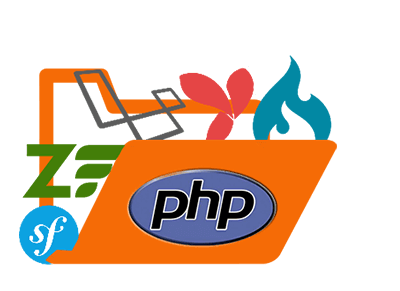
More than 25 years since its launch and Windows is still the favorite operating system of a majority of computer users. Given such popularity, programmers and web application developers build dynamic and robust web applications and web services for enterprises and end-users so as cater to a wider audience. From the relatively new-found inclusiveness of the OS to the development of hybrid computers and Hololens (an AR device), everything points towards a more-connected and flexible Windows’ environment.





PHP (PHP: Hypertext Preprocessor) is a server-side open source scripting language PHP can be used on all popular operating systems such as Linux, Mac OS X, Microsoft Windows to name a few. It also supports a number of web-serves including Apache and IIS. The cross-platform nature of PHP allows users to interact with it in a number of ways, and some inherent characteristics of the language give it an edge over others such its server-side execution, which exempts users from installing any specific software for loading the content of the web-page. All the necessary resources lie at the server.

A Thin Client, contrary to desktop PCs (a fat client), is a desktop terminal with no memory or hard-drive of its own. It depends on server (or data center) to do computational tasks. The applications, data, and software are stored in the server, which could be connected with multiple thin clients. Thin Clients enable multiple users to share virtual desktop or virtualized applications through network. We develop robust thin client applications that extend powerful features to the connected desktop terminals. These applications are stored in data centres and can be accessed by multiple thin clients in the network. This allows your business to embrace cost-effective Virtual Desktop Infrastructure (VDI).


“The Customer’s perception is our reality” – Kate Zebriskie
